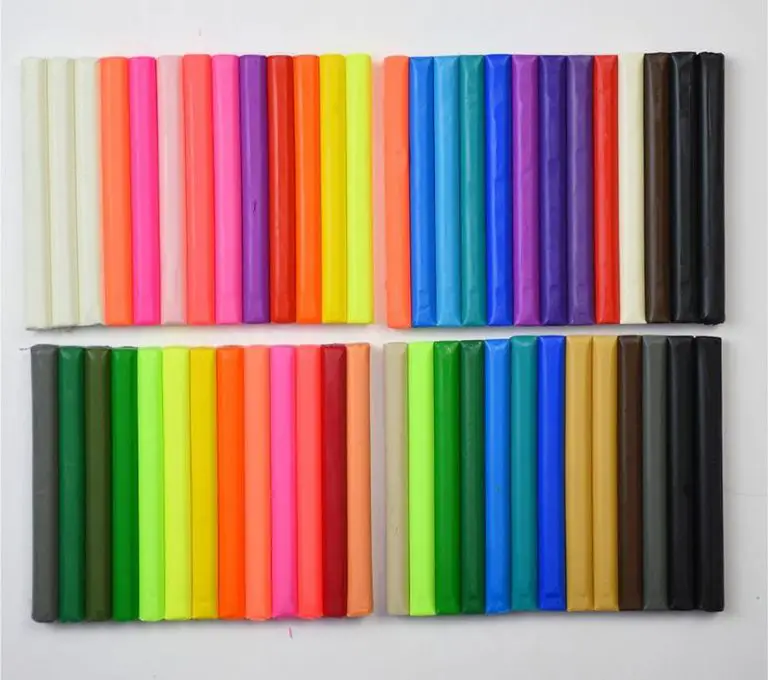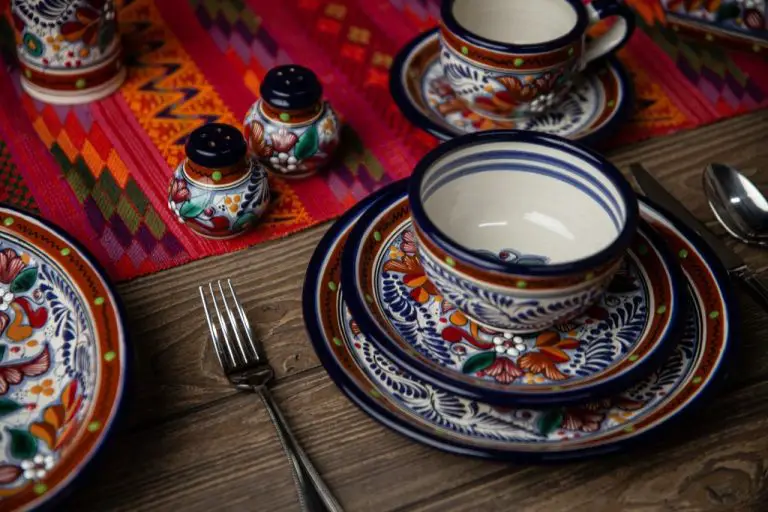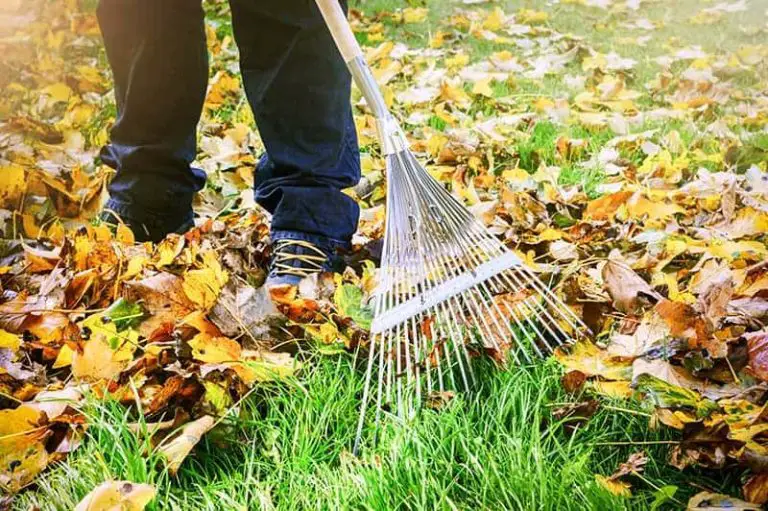What Is Foaming Clay?
What is Foaming Clay?
Foaming clay, also known as foam clay or air-dry clay, is a lightweight modeling compound made primarily from polyvinyl alcohol, glue, and foaming agents. It has a soft, rubbery texture and can be easily shaped into creative designs.
Foaming clay was first developed in the 1990s as an alternative to traditional clays like polymer or oil-based clays. Unlike regular clay that hardens as it air dries, foaming clay expands into a foam-like consistency when exposed to air. This gives it a uniquely lightweight and fibrous texture.
The key differences between foaming clay and regular clay are that foaming clay is:
- Extremely lightweight – Foaming clay is made with foaming agents so when exposed to air, it rises like a souffle into a soft, airy material.
- Quick-drying – Foaming clay fully dries and hardens in 24-48 hours as it reacts with oxygen, while regular clay can take days or weeks to fully cure.
- Easy to shape – The foam structure gives foaming clay a soft, pliable texture that is easy to squeeze, sculpt and form organic or abstract shapes.
- Non-toxic – Made without oils, firing or glazes, foaming clay is non-toxic and safe for kids to use.
These unique properties make foaming clay a versatile material for free-form arts and crafts projects.
How Foaming Clay Is Made
The main ingredients in foaming clay are shaving cream, glue, and baking soda. Typically, foaming clay recipes call for combining 2-3 cups of foaming shaving cream with 2/3 – 1 cup of white glue like Elmer’s. To this base mixture, 1-1.5 tablespoons of baking soda is added as a foaming agent. Some recipes also include a small amount of saline solution or eye drops to adjust the consistency. The ingredients are mixed together thoroughly until a smooth, clay-like dough is formed.

While basic foaming clay can be made at home using this simple recipe, there are also commercial modeling clays sold as “foam clay” or “foaming clay”. These often contain additional ingredients beyond the basics to create specialized properties. For example, Pixiss Foam Clay uses a proprietary blend of polymers for increased strength and smoothness. Brands like Bohs add plasticizers for enhanced elasticity and workability.
Some types of foaming clay are pre-colored, but most basic homemade or commercial varieties accept acrylic paints readily. The open cellular foam structure allows paint to penetrate and cover easily. Manufacturers may also add pigments and colorants to produce foaming clays in a rainbow of vibrant hues straight from the package.
Properties of Foaming Clay
Foaming clay has a lightweight, soft texture that makes it very easy to shape and mold into any form. Unlike natural clays that can dry out and crack if handled too much, foaming clay maintains its softness even after repeated handling, allowing for continued reshaping. The foam-like texture gives it a smooth, malleable feel that lends itself well to sculpting and modeling intricate details.
One of the most useful properties of foaming clay is that once left to dry, either in the air or baked at low heat in the oven, it hardens while retaining its molded shape. The hardened clay can be painted, glittered, and decorated as desired. Yet if the clay needs to be reshaped later, simply wetting it with water temporarily returns it to a pliable state.
Overall, the dynamic properties of foaming clay, from its lightweight and moldable texture to its hardening capabilities, make it an extremely versatile material for arts and crafts of all kinds. Sources: https://pixiss.com/blogs/news/unleashing-your-creativity-with-pixiss-foam-clay-the-ultimate-guide
Uses of Foaming Clay
Foaming clay has many creative uses across a variety of hobbies, crafts, and educational settings. Some of the main uses of foaming clay include:
Modeling and Sculpting
One of the most popular uses of foaming clay is for modeling and sculpting. The lightweight and malleable properties of foaming clay make it ideal for sculpting miniatures, figurines, and other 3D artwork. Foaming clay is commonly used by modelers and sculptors to create custom characters, props, and scenery for tabletop gaming, model railroads, dioramas, and more. It can be shaped into intricate designs and details, making it versatile for complex sculpting projects.[1]
Crafts and DIY Projects
Foaming clay is also widely used for crafts, DIY projects, and decorative pieces. It can be molded into jewelry, ornaments, dollhouse furnishings, and endless other craft creations. Foaming clay crafts make great handmade gifts as well. Crafters also use foaming clay for floral arrangements, wreaths, bows, and other decor items. Its lightweight properties compared to traditional clay make it easier to work with for beginner crafters and children.[1]
Educational Tool
Foaming clay serves as an engaging educational tool for children and students to learn sculpting, hand-eye coordination, and three-dimensional design skills. Its soft texture and bright colors appeal to kids. Educators often use foaming clay for art lessons, science projects, and other hands-on learning activities in classrooms and summer camps.[1]
Foaming Clay Craft Ideas
Foaming clay is a versatile and fun material for arts and crafts. Here are some of the most popular ways to use foaming clay to create unique handmade items:
Miniature food models are one of the classic uses of foaming clay. The lightweight and porous texture makes it easy to mold realistic-looking tiny foods like fruit, baked goods, sandwiches, and more. Foaming clay is an ideal material for miniature food magnets, ornaments, and diorama scenes. Check out these adorable miniature foaming clay food items from the DIY Creative Arts channel.
Jewelry and accessories like earrings, necklaces, bracelets, rings, brooches, hair clips, and keychains are another fun way to use foaming clay. Mixing in beads, sequins, glitter and other embellishments creates one-of-a-kind wearable art. Foaming clay jewelry is lightweight and comfortable to wear. The DIY Creative Arts channel shows how to make colorful shell and foaming clay keychains.
Sculpting figurines, animals, letters, logos, and abstract sculptures with foaming clay allows crafters to shape unique 3D artwork. Foaming clay holds fine detail well, producing professional-looking sculptures once painted and sealed. Let your imagination run wild to create custom figurines, wall art, holiday decorations, gifts, and more with foaming clay.
Tips for Working with Foaming Clay
Foaming clay can dry out quickly, making it harder to shape. To keep the clay soft and pliable while you work:
- Store unused clay in an airtight container or plastic bag.
- Mist clay periodically with water from a spray bottle.
- Knead clay to warm it up before use.
You can create smooth or textured finishes. For smooth surfaces, use your fingers or acrylic rollers. For texture, imprint designs using household objects or clay tools before the clay fully dries.
Foaming clay must be baked to fully harden. Bake at 200°F for 30 minutes to set the shape. For painting, apply acrylic paints after baking. Seal painted pieces with varnish for protection.
For more tips, see https://fakingwhileyourmaking.com/2019/06/25/the-ultimate-guide-to-foam-clay/
Storing and Preserving Foaming Clay Creations
Proper storage is important for preserving foaming clay creations. Here are some tips:
Use airtight containers like plastic boxes or bags to store unused foaming clay. Make sure to squeeze out excess air and seal the container completely to prevent the clay from drying out. Some clays can be stored in the fridge for extra longevity, but check the packaging instructions.
For finished foaming clay pieces, seal them with a protective finish like varnish or glue to prevent damage. Avoid displaying them in areas with direct sunlight or moisture. Dusting regularly will also help maintain their appearance.
Consider covering the piece with a clear acrylic spray as a protective barrier. This seals the clay and provides a glossy finish. Let pieces fully cure before sealing.
For long-term storage, wrap cured pieces in acid-free tissue paper and place inside archival plastic bags. Store in a climate-controlled area out of sunlight. Check periodically for any damage or deterioration.
With proper sealing and storage methods, foaming clay creations can last for many years. Take steps to limit moisture, uv rays, dust, and other environmental factors that could degrade the clay over time.
Safety Considerations
Foaming clay is generally considered non-toxic, but there are some safety precautions to keep in mind when working with it:
Supervise young children when using foaming clay. Although the clay itself is non-toxic, small pieces could present a choking hazard if swallowed. Additionally, some foaming clay products contain borax as an ingredient, which can be toxic if ingested in large quantities.
Foaming clay can stain surfaces, clothing and skin. Use it in a contained area and have clean-up materials like soap and water readily available. Lay down a plastic tablecloth or work surface if needed.
Those with skin sensitivities or allergies should do a patch test before extended use. While rare, some people may experience skin irritation from prolonged contact with foaming clay. Discontinue use if any reaction occurs.
In summary, foaming clay is safe for most people when used properly, but small children should be monitored and basic precautions taken to avoid ingestion, messes or skin irritation.
Notable Foaming Clay Artists
Foaming clay has been used by many notable artists to create unique sculptures and pottery. Here are some of the most famous foaming clay artists and their iconic works:
Lynda Benglis is an American artist recognized for her poured latex and foam sculptures that she began making in the late 1960s (https://ocula.com/artists/lynda-benglis/). She is considered a pioneer in using new materials like polyurethane foam. Her foam works like Odalisque (Hey! Hey! Hey!), 2009, exemplify her innovative approach.
Aaron Angell is a British ceramicist known for making highly detailed illustrations on thrown ceramic vessels, like his 2017 work St John Platter which features intricate drawings of fish foaming lapis lazuli (https://www.artsy.net/article/artsy-editorial-20-artists-shaping-future-ceramics). His illustrations give his functional pottery an imaginative, surreal quality.
Other notable foaming clay artists include Peter Voulkos, who pushed the boundaries of ceramic art in the 1950s-60s, and Viola Frey, whose colorful larger-than-life ceramic sculptures depict everyday people and settings.
The Future of Foaming Clay
Foaming clay continues to grow in popularity due to trends and innovations in the space. New varieties of foaming clay with different properties are being developed, allowing for more diverse arts and crafts applications. Manufacturers are also experimenting with more environmentally sustainable formulations of foaming clay.
The global foaming clay market is projected to grow at a CAGR of over 10% from 2022 to 2027, driven by its growing adoption in preschools, schools, and for recreational crafts [1]. Easy accessibility through online marketplaces like Etsy and Amazon has also fueled foaming clay’s popularity.
Exciting new uses for foaming clay are being explored, including stop motion animation, jewelry making, floral arrangements, foam stickers, and more durable exterior applications like architectural modeling. Foaming clay’s versatility and ability to mimic a variety of textures makes it well-suited for an expanding range of creative projects.
Manufacturers are also developing innovative foaming clay formulas like glow-in-the-dark and scented varieties to appeal to wider audiences. More sustainable options using natural binders instead of silicone are being researched as well. The future looks bright for continued foaming clay creativity and innovation.




